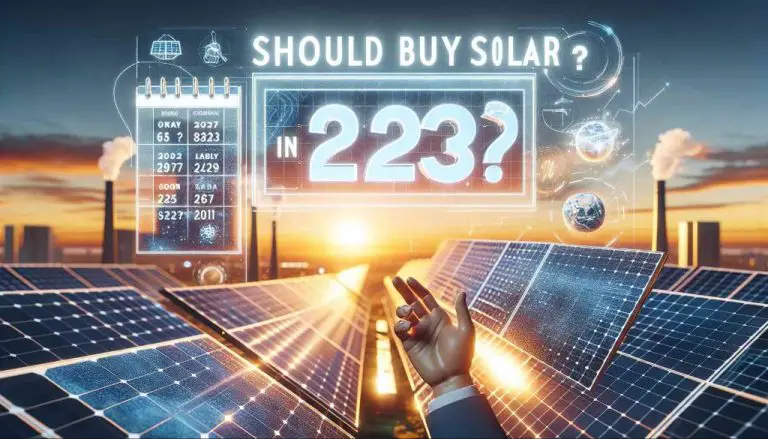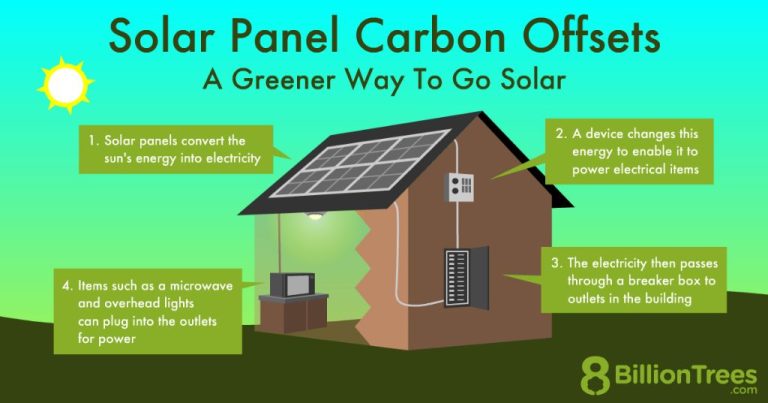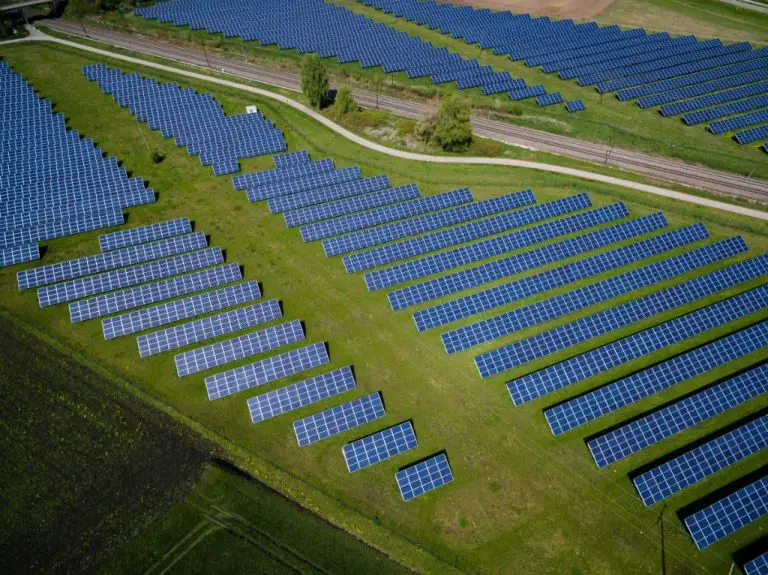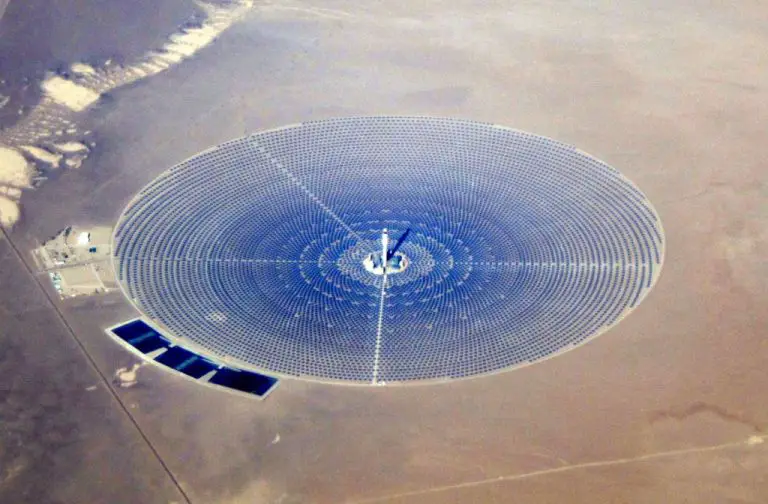What Type Of Kinetic Energy Is Solar Energy?
Kinetic energy is the energy of motion. An object that has motion – whether it be vertical or horizontal motion – has kinetic energy. The amount of kinetic energy depends on the object’s mass and velocity. The greater the object’s mass and velocity, the greater its kinetic energy.
Solar energy is the radiant light and heat from the Sun that is harnessed using a range of ever-evolving technologies such as solar heating, photovoltaics, solar thermal energy, solar architecture and artificial photosynthesis. Solar technologies are broadly characterized as either passive solar or active solar depending on the way they capture, convert and distribute solar energy. Active solar techniques include the use of photovoltaic systems and solar thermal collectors to harness the energy.
Forms of Kinetic Energy
There are two main forms of energy that apply in physics – kinetic and potential. Kinetic energy is energy associated with motion. Any object that is moving has kinetic energy. The faster the object moves, the more kinetic energy it possesses. Some examples of kinetic energy include:
- A rolling ball
- Wind
- Moving water in rivers or waves
- A speeding bullet
Potential energy, on the other hand, is stored energy that an object has because of its position or state. Examples of potential energy include:
- A compressed spring
- A stretched rubber band
- Water held behind a dam
- A rock held above the ground
Potential energy can be converted into kinetic energy. For example, when the rock is dropped, gravity accelerates it and the potential energy is converted into kinetic energy.
How Solar Energy Works
Solar panels are able to convert sunlight into electricity through the photovoltaic effect. When photons from sunlight strike the solar cell, they transfer their energy to the semiconductor material in the cell. This energizes electrons in the semiconductor, causing them to break free from their atoms. The freed electrons can then flow through the material to produce an electric current. This conversion of light to electricity takes place within the solar cell’s photovoltaic material, usually silicon.
The photovoltaic effect involves two key steps. First, photons are absorbed by the solar cell, their energy excites electrons up to higher energy levels. Second, the excited electrons in the conduction band are captured before they revert to the lower valence band. This charge separation within the cell allows the electrons to be harvested as direct electrical current. The photovoltaic effect enables the direct conversion of solar radiation into usable electricity.
Is Solar Radiation Kinetic Energy?
The solar radiation that reaches the Earth from the Sun is electromagnetic radiation, consisting primarily of infrared, visible light, and ultraviolet wavelengths. While electromagnetic radiation does carry energy, it is not generally considered a direct form of kinetic energy.
Kinetic energy is energy associated with motion and is defined as the work needed to accelerate an object with a mass to a certain velocity. Solar radiation itself does not have mass or velocity in the traditional sense. The photons that make up electromagnetic radiation have energy and momentum but no mass when traveling through a vacuum.
So while solar radiation transfers energy that can be converted into kinetic energy here on Earth, the radiation itself is not a direct form of kinetic energy. The term “kinetic energy” refers more specifically to energy from the motion of objects and particles that have mass. However, the distinction can get blurry at the quantum level when dealing with the kinetic energy of photons.
In summary, solar radiation delivered from the Sun to the Earth does not neatly fit the definition of kinetic energy. But the radiation does carry energy that can be readily converted into kinetic energy through various solar energy technologies.
Kinetic Energy from Solar
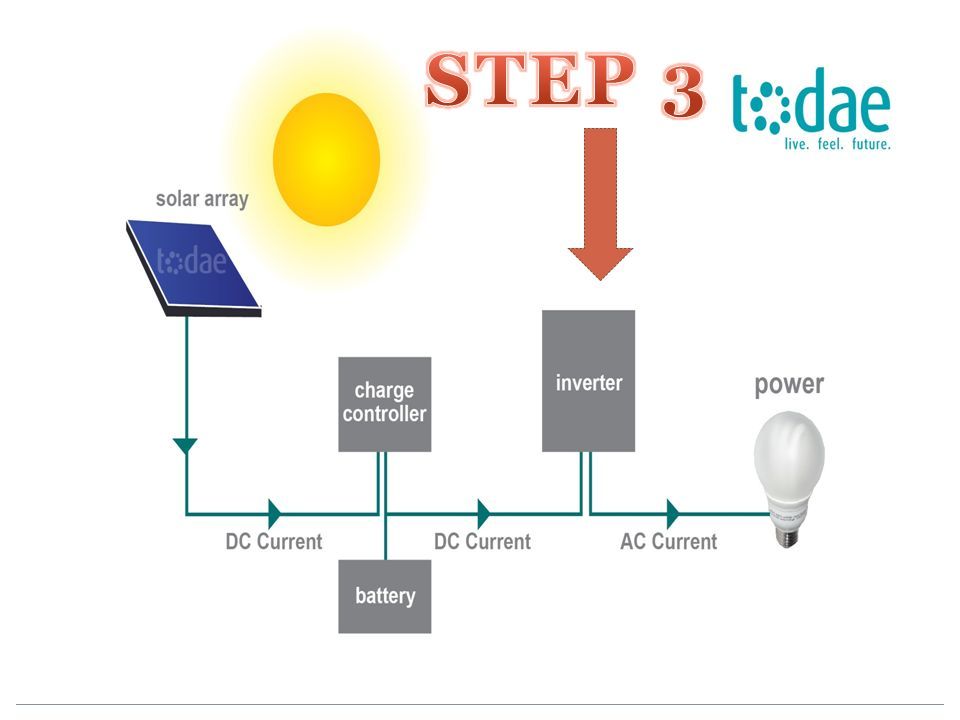
Solar energy is most commonly used to generate electricity, but solar radiation can also be converted directly into kinetic energy. Solar panels convert photons from sunlight into an electric current. While electricity itself is not kinetic energy, it can be used to power devices and systems that involve motion and thus produce kinetic energy.
For example, solar-powered vehicles utilize electricity from solar panels to drive motors and propel the vehicle. The motion and velocity of the vehicle represents kinetic energy derived from the sun’s rays. Solar-powered boats operate on a similar principle. The solar panels onboard the vessel generate electricity to turn propellers and thrust the boat through the water.
Solar thermal energy can also be leveraged to produce steam to drive turbines. The rotation of turbine blades from the force of steam exemplifies kinetic energy obtained from solar irradiation. Concentrated solar thermal plants use mirrors or lenses to focus sunlight to heat water and create high-pressure steam. This steam then rotates the turbines connected to electrical generators.
The key point is that while solar energy itself may not be directly kinetic, it can be converted into electricity or heat which can then power kinetic systems. Solar radiation provides a clean, renewable way to produce the motion and velocity associated with kinetic energy.
Stored Kinetic Energy
One of the most common ways solar energy is converted into kinetic energy is through storage in batteries. Photovoltaic solar panels convert sunlight into direct current electricity that can be used to charge batteries. These batteries store the electrical energy chemically as potential energy. When the batteries are connected to electrical devices, the stored chemical energy is then converted into kinetic energy to power motors, generators, and other moving components.
Lithium-ion batteries are the most widely used for storing solar energy. They have a high energy density allowing them to store large amounts of power compactly. The charged batteries can then provide electricity on demand even when the sun isn’t shining. This makes the stored kinetic energy from solar very versatile for powering electric vehicles, appliances, machinery and more.
Battery technology is rapidly improving too. New chemistries and nanotech materials are increasing storage capacity and reducing costs. Efficient large-scale grid storage enables solar power to be dispatched whenever needed. Household batteries are lasting longer and providing backup electricity at night. Innovations in storage are making solar kinetic energy more practical and affordable.
Direct Conversion to Kinetic
Solar energy can be directly converted into kinetic energy through certain technologies that harness the photons from sunlight. Some examples include:
- Solar vehicles – Cars, boats, or planes that use solar panels to generate electricity to power electric motors that drive movement.
- Solar sails – A method of spacecraft propulsion that uses large membrane mirrors to reflect sunlight and create thrust.
- Solar pumps – Use solar photovoltaic panels to generate electricity to power a pump for pumping water or irrigation.
- Solar kites – Tethered wings that generate lift and pull via onboard solar panels powering propellers.
- Solar thermal motors – Engines that use sunlight concentrated by mirrors to heat a working fluid and produce rotational kinetic energy.
In these examples, the photons from sunlight are directly converted into movement or kinetic energy without needing to go through an intermediary like electricity storage. The applications are still somewhat limited compared to solar electricity, but demonstrate the potential for solar to power kinetic energy needs.
Solar capacity is typically measured in watts, which indicates the rate at which solar panels can produce energy. This measurement refers to the panel’s potential output under ideal conditions.
Quantifying Kinetic Output
To determine the actual kinetic energy production from a solar installation, additional factors need to be considered beyond just capacity. The conversion efficiency of the solar panels reduces the maximum potential kinetic output. Location, weather, and seasonality also impact energy generation.
Tracking systems can increase the kinetic energy production of panels by optimizing their orientation toward the sun throughout the day. Single-axis trackers create up to 25% more energy, while two-axis trackers can boost production by 30% or more.
The inverter system also converts the solar DC electricity into usable AC power for kinetic applications. Inverter efficiency ratings typically range from 92% to 98%.
With all these factors accounted for, a 100W solar panel in an ideal location may produce around 90-130 kWh of kinetic energy over a year. The actual kinetic energy available depends on the full system specifications and site characteristics.
Comparisons to Other Sources
When comparing solar kinetic energy to other renewable energy sources like wind or hydropower, there are some key differences to consider.
Wind energy converts the kinetic energy of moving air into mechanical power through wind turbines. The kinetic energy from wind flows can be more consistent than solar, which depends on clear skies and daylight. However, solar offers more predictability and control over where kinetic energy can be captured. Overall, wind provides more total kinetic energy globally, but solar can offer high efficiency in optimal locations.
Hydropower utilizes the movement of water to run turbines, again converting kinetic energy into electricity. Hydropower scales up well for massive centralized projects but depends heavily on suitable geography and water resources. Solar panels have an advantage in being deployable in far more locations. Solar also doesn’t carry the same environmental concerns around aquatic habitats that come with large dams.
When considering renewables, solar radiation can be an excellent source of clean kinetic energy. While it may not scale up as easily as wind or hydropower, improvements in solar technology make it highly versatile. With the ability to deploy panels worldwide and an unlimited fuel source from the sun, solar energy can be a major player in the renewable kinetic energy mix.
Conclusion
In summary, solar energy starts as radiant energy from the sun consisting of electromagnetic waves that travel to Earth. While radiant energy itself does not directly constitute kinetic energy, the solar radiation can be converted into other forms of energy that involve motion such as heat, electricity, and mechanical energy. Solar thermal technologies like concentrated solar plants use solar heat to drive turbines and generate kinetic rotational energy. Photovoltaics convert sunlight directly into electrical energy, which can then power motors and devices that involve the motion of electrons. Overall, solar energy has significant potential to produce clean renewable kinetic energy through both direct and indirect methods of conversion. The amount of usable kinetic energy from the sun is vast and dwarfs other sources. With advanced solar technologies, sunlight can increasingly provide the kinetic energy needed to power human civilization.

